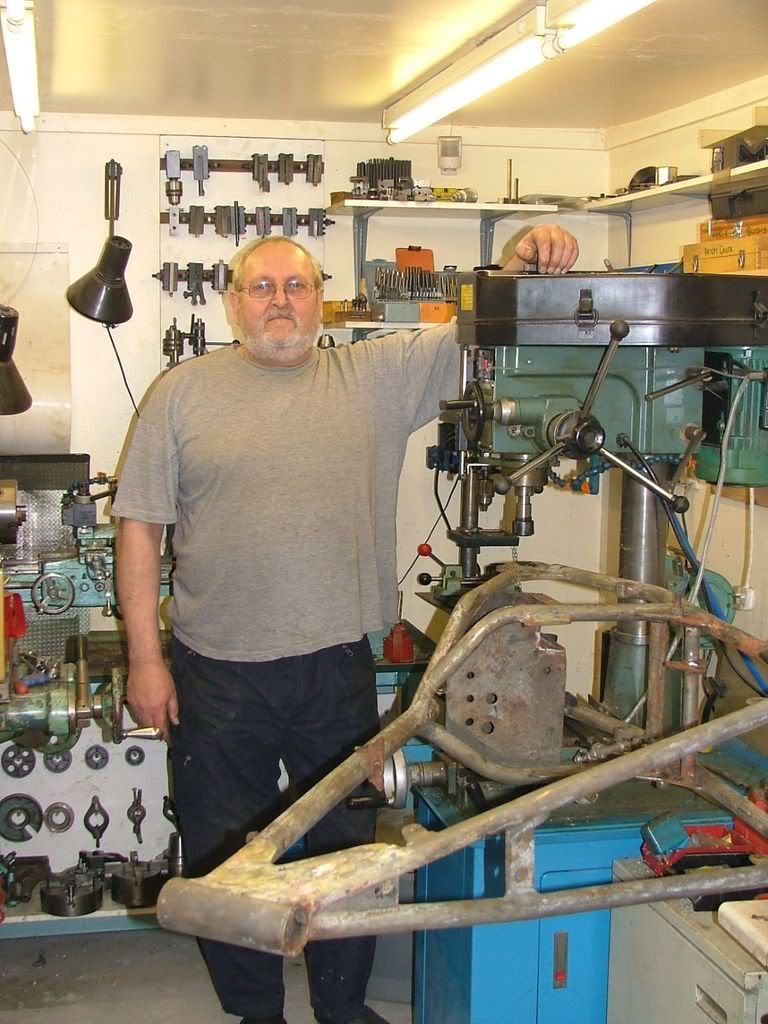I take delivery of one of these mills tomorrow
http://www.arceurotrade.co.uk/Catal...per-X2-Plus-Mill/SIEG-Super-X2P-HiTorque-Mill
This one has a very rigid cast iron column designed by Arc Euro and sold by LMS in the US, rather than the wobbly tilting one available everywhere else.
Now most people do the CNC conversion of the Z axis on this type of machine by mounting the leadscrew on one side of the head, which if not careful could lead to 'crabbing', that is tilting slightly because of the pull/push being on one side rather than in the middle.
No problems setting everything up, but has anyone done or know of a conversion of one of these "heavy duty" machines where the leadscrew is in the middle of the head rather than to one side, or do I have to work it out myself? I would prefer NOT to have the leadscrew sticking up in the air as they do with the gas struts they do for taking the weight of the head on manual machines.
John
http://www.arceurotrade.co.uk/Catal...per-X2-Plus-Mill/SIEG-Super-X2P-HiTorque-Mill
This one has a very rigid cast iron column designed by Arc Euro and sold by LMS in the US, rather than the wobbly tilting one available everywhere else.
Now most people do the CNC conversion of the Z axis on this type of machine by mounting the leadscrew on one side of the head, which if not careful could lead to 'crabbing', that is tilting slightly because of the pull/push being on one side rather than in the middle.
No problems setting everything up, but has anyone done or know of a conversion of one of these "heavy duty" machines where the leadscrew is in the middle of the head rather than to one side, or do I have to work it out myself? I would prefer NOT to have the leadscrew sticking up in the air as they do with the gas struts they do for taking the weight of the head on manual machines.
John








